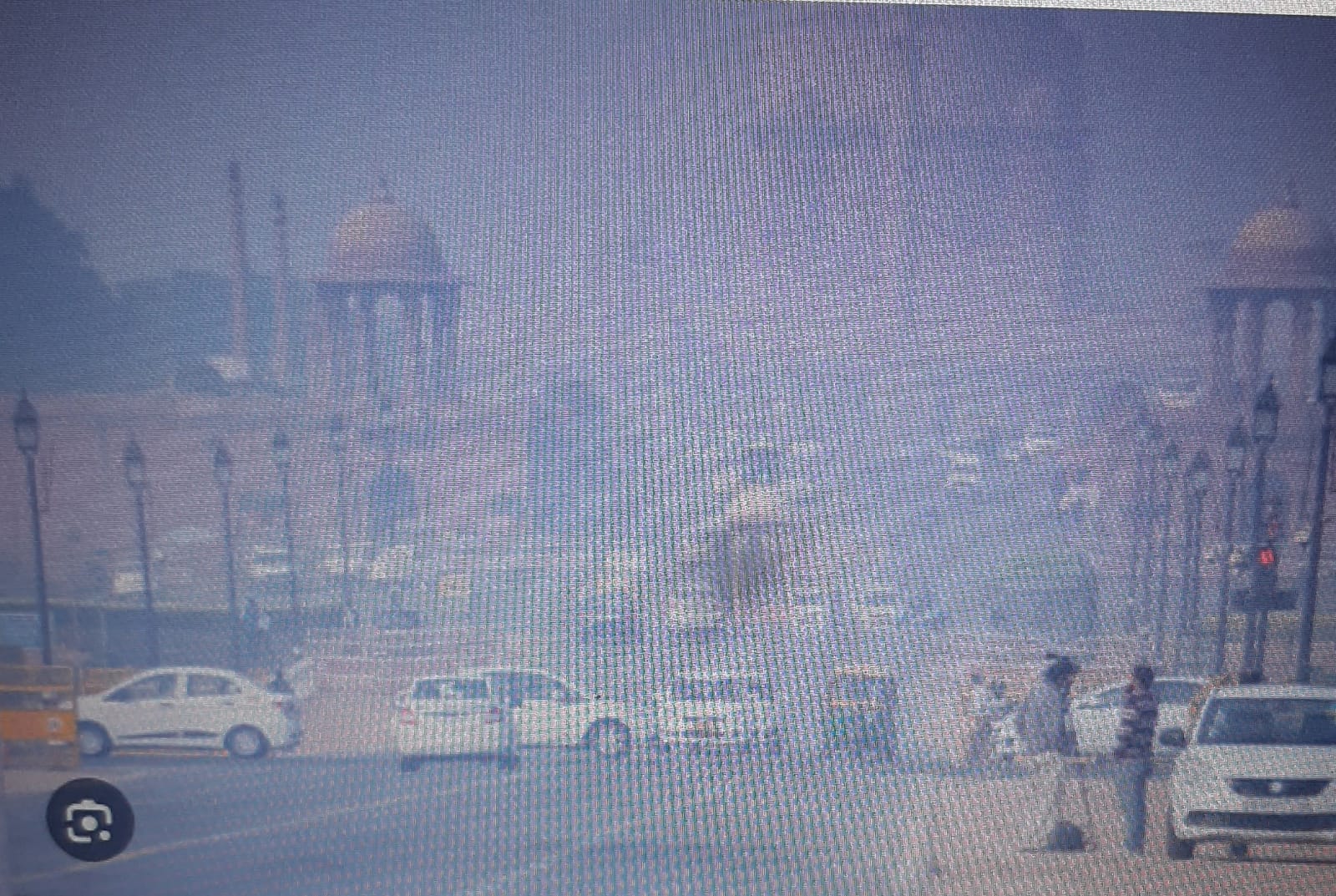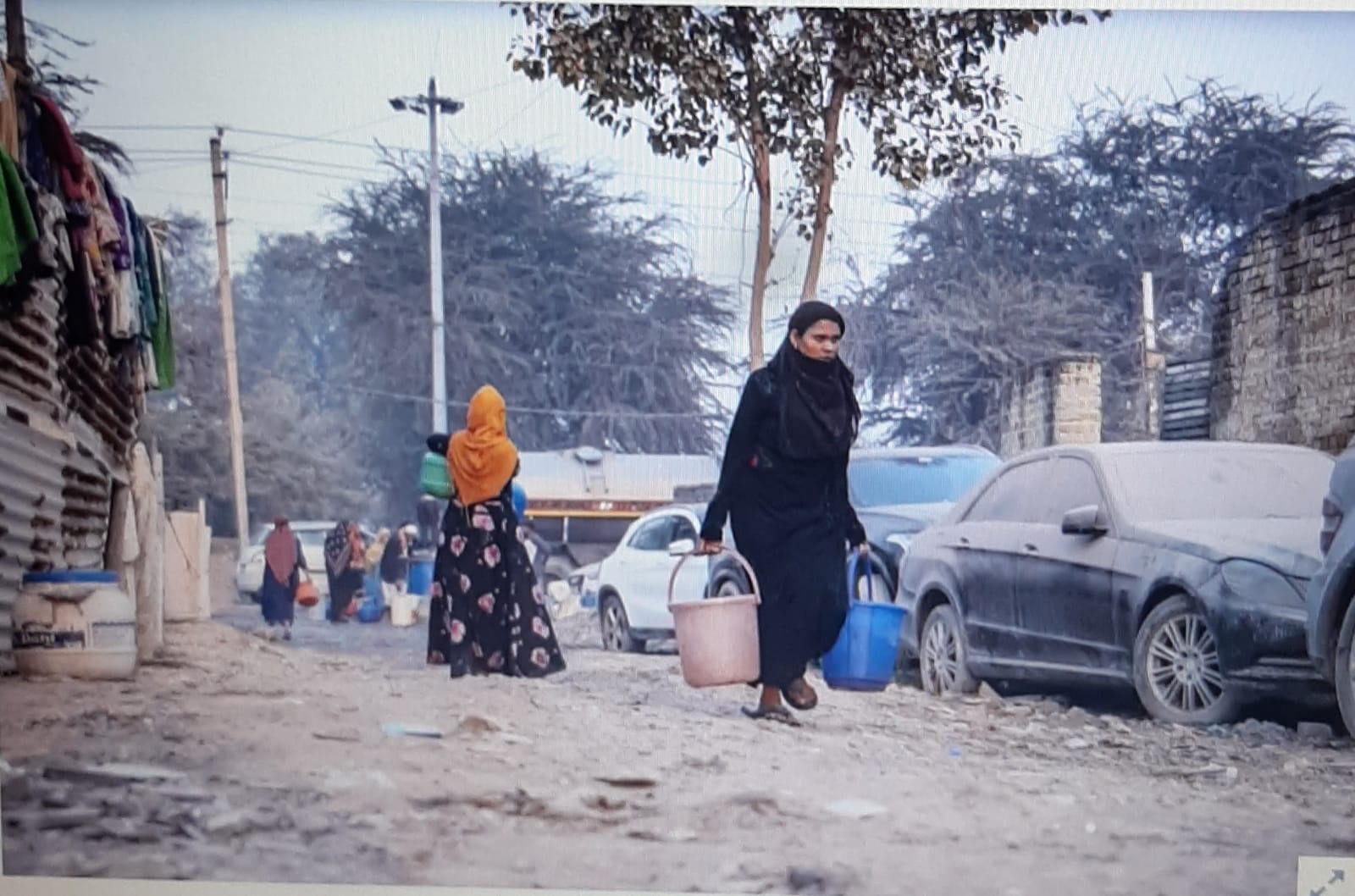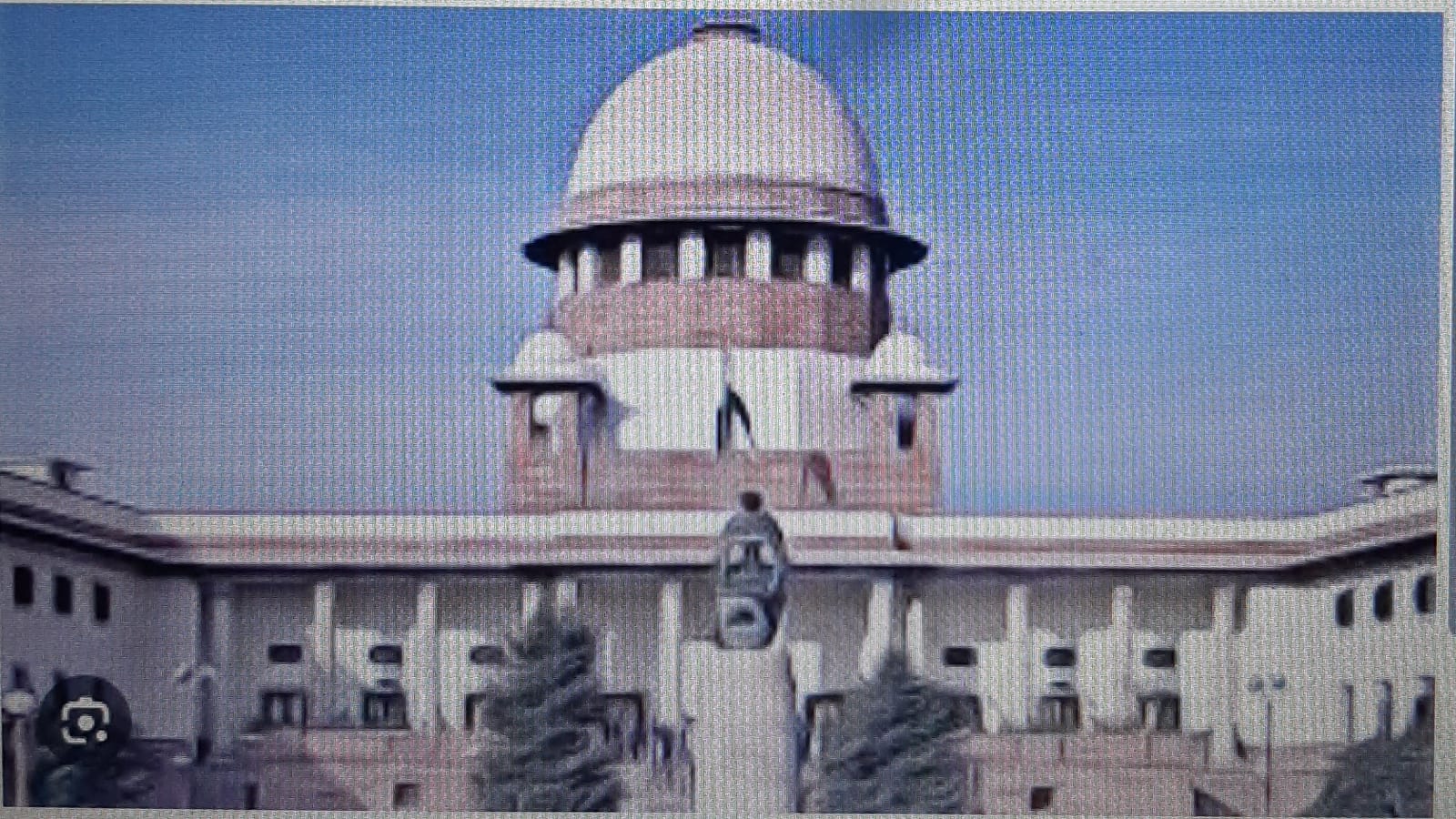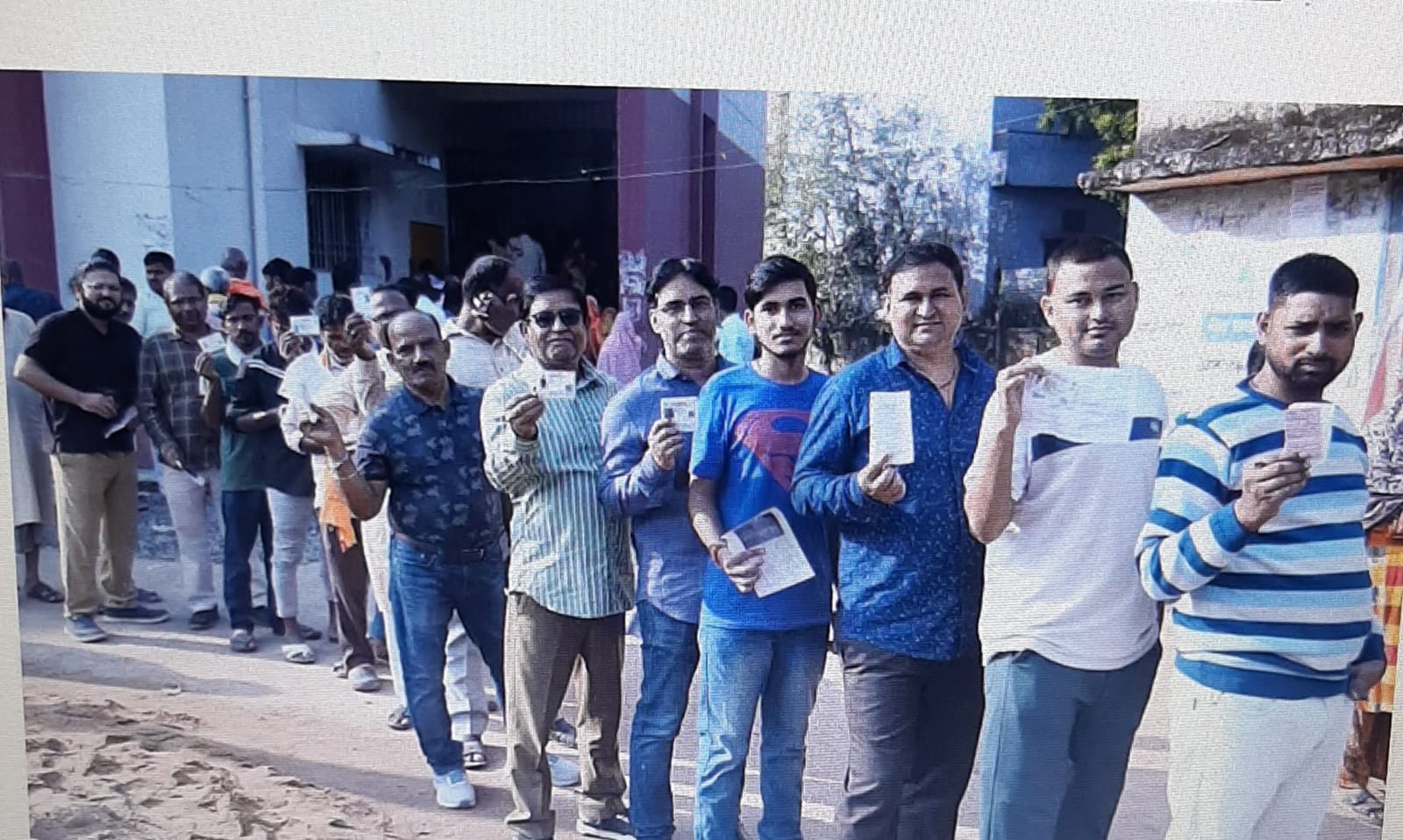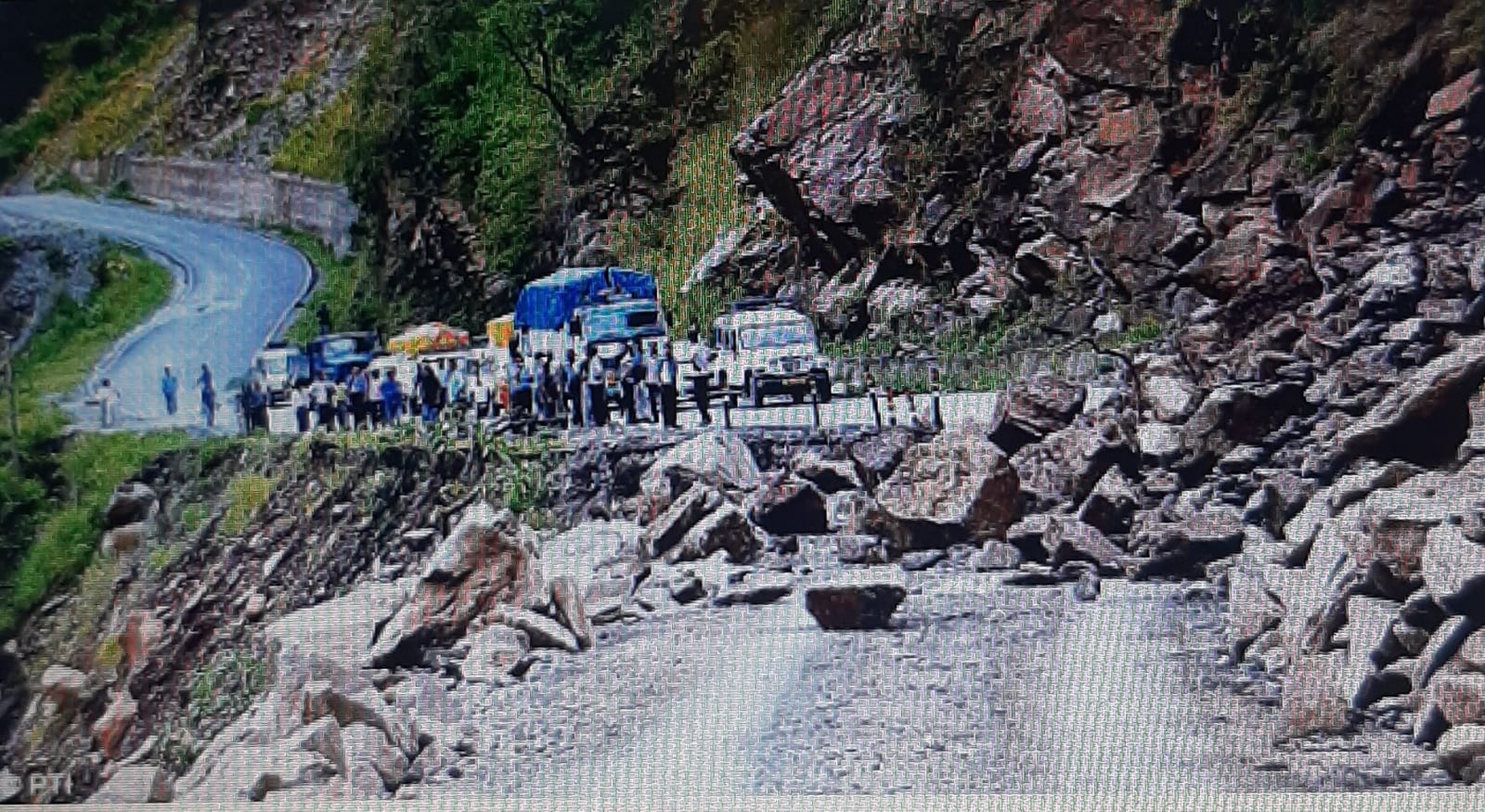
Multiple investigative reports and expert blogs have documented recurring landslides on stretches of the Char Dham network and shown pictures of large-scale slope failures associated with road widening and construction activities. This line of argument is fact-based and persuasive: the empirical correlation between extensive hill cutting and landslide vulnerability in young, fractured Himalayan geology is well established, writes former IAS officer V.S.Pandey
In the last week of September 2025, former Union Ministers Dr. Murli Manohar Joshi, Dr.Karan Singh, along with over 50 prominent citizens, sent a letter to the Chief Justice of India (CJI) B. R. Gavai urging him to review and recall the Supreme Court’s 2021 judgment on the Char Dham road-widening project. The letter warns that the project is causing irreparable ecological damage and recurrent disasters consequently in Uttarakhand’s fragile Himalayan region.
The char dham road widening project aims to widen nearly 900 km of roads to improve connectivity to the four major Hindu pilgrimage sites of Kedarnath, Badrinath, Gangotri, and Yamunotri. In the year 2021, the Supreme Court allowed the widening of roads to 12 meters, citing the government’s argument of strategic defense needs near the border with China. This overturned a 2020 verdict that had favored a narrower road design of 5.5 meters to protect the sensitive Himalayan terrain. Environmentalists and local residents have long warned that the construction and widening of roads through deforestation, hill cutting, and dumping debris would increase the risk of landslides and other disasters.
The veteran leader and former Union Minister, Dr. Joshi, who hails from Uttarakhand and was elected as MP in 1977 from the Almora seat and later represented parliamentary seats from Allahabad, Varanasi and Kanpur all lying on the banks of the Ganga, in his letter cites a series of recent and escalating disasters in the region, including the Dharali flash flood and widespread landslides, as evidence of the project’s dangerous impact. He, along with other signatories, argued that the 2021 verdict disregarded an expert committee’s recommendation for a narrower, more sustainable road width of 5.5 meters, opting instead for a double-lane paved shoulder (DL-PS) design. The letter alleges that the wider roads have triggered massive landslides and sinking zones, frequently blocking strategic routes and posing risks to civilian and defense movement, contradicting the project’s original justification. It specifically highlights the threat to the Bhagirathi Eco-Sensitive Zone (BESZ), the origin valley of the River Ganga, stating that the project could cause “irreparable and immediate impact” to this pristine ecosystem. The signatories emphasize the need for a “disaster and climate resilient approach” to infrastructure development in the Himalayas, arguing that safety and national security cannot come at the cost of environmental destabilization.
The petitioners argue that converting narrow mountain carriageways into wider, double-lane paved shoulders (DL-PS) has not only scarred the fragile Himalayan ecology but has also amplified slope instability, increasing landslide incidence, erosion and sink zones. They point to repeated, recent episodes where sections of the Char Dham route and adjoining highways have collapsed during monsoon or cloudburst events — leaving stretches washed away, safety walls breached, and pilgrims stranded — and argue these are linked in part to the methods used for large-scale hill cutting and benching required for the wider carriageway. Multiple investigative reports and expert blogs have documented recurring landslides on stretches of the Char Dham network and shown pictures of large-scale slope failures associated with road widening and construction activities. This line of argument is fact-based and persuasive: the empirical correlation between extensive hill cutting and landslide vulnerability in young, fractured Himalayan geology is well established.
A central technical point in the signatories’ plea is that the Supreme Court’s acceptance of a wider DL-PS standard (driven by defence/security considerations) reversed earlier recommendations which favoured an “Intermediate Width” (IW) standard — a narrower, more terrain-sensitive design intended to minimise slope interventions. Petitioners contend that IW would have balanced connectivity with geological safety and ecological conservation, while the DL-PS prescription necessitates deeper cuts, longer retaining structures and more extensive drainage intervention — all of which magnify risk when executed across hundreds of kilometers of unstable mountain slopes. Independent technical commentaries at the time of the original litigation had flagged this trade-off; the current petitioners point out that the “real-world” consequences seen since the decision (increased sinks/landslips, frequent repair works, and collapse of protective works) validate those earlier cautions. That the debate turns on engineering judgement — and on whether the court and agencies accurately weighed cumulative slope-stability consequences against mobility/security benefits — makes this a strong and reasonable technical challenge.
The letter also questions whether appropriate, high-quality, route-level geomorphological, carrying-capacity, slope-stability and cumulative impact studies were carried out — or whether policy shortcuts and a 2020 ,MoRTH circular effectively re-defined mountain highway standards without adequate site-specific science. Where major infrastructure is proposed in high-hazard landscapes, modern environmental governance expects detailed Environmental Impact Assessments (EIAs), public consultation, and rigorous slope and hydrological studies. Critics allege patchy or inadequate baseline studies, fragmented clearances and piecemeal mitigation works that fail under stress. If true, these procedural lacunae would substantially strengthen the merits of the petition: a judicial review is an appropriate forum to test whether the foundational scientific and administrative prerequisites for such a large project were satisfied. Several reports published in this regard, claim that crucial assessments were either absent or insufficiently conservative for Himalayan conditions. That procedural line of attack therefore has both legal and administrative merit.
The government and some judicial orders have justified the wider standard on strategic grounds — to facilitate rapid troop and equipment movement to border sectors. The petitioners do not deny strategic needs, but they contest the proportionality and durability of the remedy: building wider roads that are repeatedly damaged by slope failures undermines rather than enhances operational reliability. In other words, a road that fails during monsoon or requires continual reconstruction does not serve long-term strategic or logistical objectives. The petitioners therefore argue that a narrower, better-engineered, lower-impact alignment might actually be more dependable for defense movement while reducing ecological cost. This reframing — trading a superficially larger width for long-term reliability and survivability — is a cogent argument, and it cuts through a simple “security vs environment” dichotomy by asking which option actually delivers secure mobility in the Himalayan context. Coverage of the original 2021 decision shows the court attempted to balance these concerns; the petitioners now say that subsequent events show the balance was misplaced.
Clearly this appeal is not a narrow technical petition , it is endorsed by a wide cross-section of public figures — prominent political figure like Dr. Joshi, Dr. Karan sigh , historians, environmentalists, scientists and former administrators — which strengthens its democratic and moral weight. These names add public credibility and signal that the challenge is not merely political opposition but a civil-society demand for re-examination. In judicial practice, a broad-based public interest appeal can prompt closer scrutiny of past orders, especially where new evidence or changed circumstances can be shown to undermine earlier factual premises. The breadth of signatories therefore reinforces the petition’s procedural and evidentiary claims.
The petitioners’ arguments are serious, evidence-oriented and legally appropriate: they highlight real, observed ecological consequences, question the sufficiency of prior technical studies, offer a plausible challenge to the assertion that DL-PS is the best solution for the Himalaya, and intelligently reframe the security argument around resilience rather than mere width. Their appeal for a judicial review is therefore meritorious as a matter of public interest adjudication and the petitioners must be allowed to present thorough, site-specific technical proof linking widened-road practices to the heightened failure modes now being observed. If such evidence is produced, the Court’s re-examination would be both justified and necessary to prevent recurring disaster in one of India’s most environmentally sensitive regions.
(Vijay Shankar Pandey is former Secretary Government of India)


